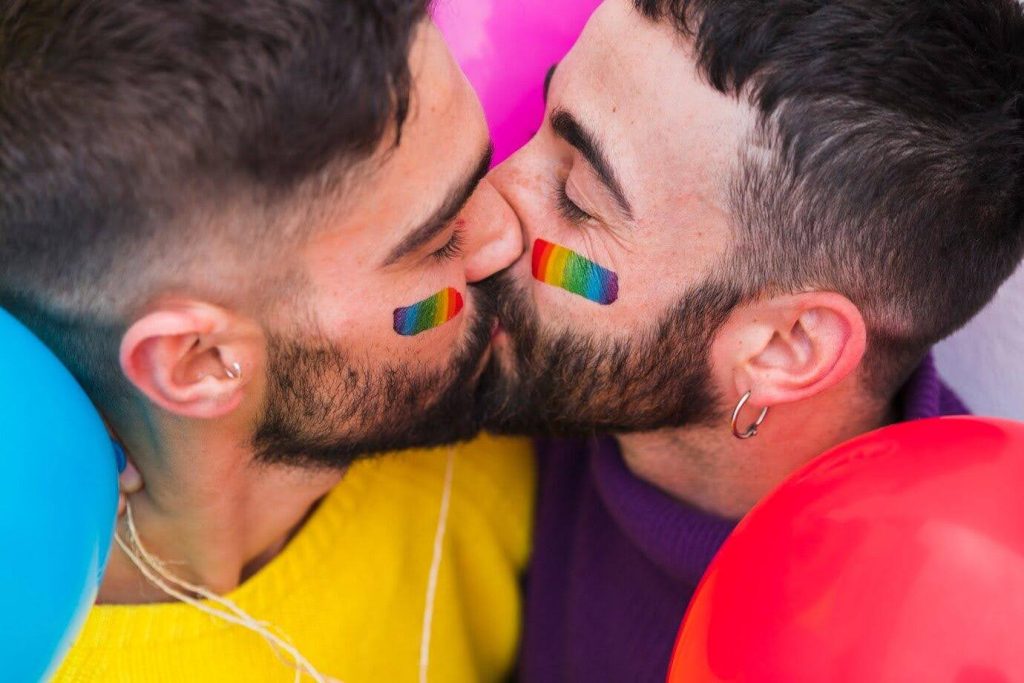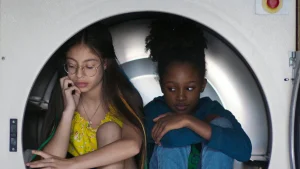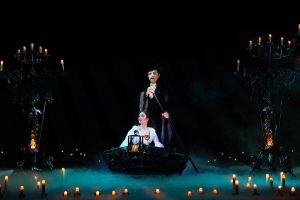Queerness was covertly woven into the fabric of cinema for most of its time in existence. As the years passed and barriers set up by the government or industry began to ease, queer artists faced the challenge of overcoming often hostile societies. They also started to speak out about their experiences and beliefs, utilising aesthetics to cinematically and strongly express their queerness.
The history of queer cinema is almost as old as the history of films themselves, yet views in this area are always divided, much like other forms of queer histories. For nearly sixty years, the majority of queer filmmakers who have produced overtly queer films have not been driven by the desire for fame or fortune or even by the idea of creating work that is basic and “important.” It was simply the desire to capture something of the world as people saw, experienced, fantasized, and—quite frequently—defied it in cinematic form.
Coming out of the celluloid closet, representations of LGBTQ+ individuals in films are getting more complex, varied, and nuanced. The diversity of queer cinema challenges traditional filmmaking norms while showcasing the richness of our shared human experience through daring character studies and boldly experimental movies. Cinematic portrayals of queer experiences, like the delightfully diverse spectrum of genders and sexualities, are cultural mosaics that defy easy labelling and classification. This formal dynamism can be seen in our destructive LGBTQ+ film programme, which celebrates queer artists and history while bringing attention to urgent social issues and the pure joy of unapologetic queer joy.
For over three decades, Hollywood’s strict Hays Code prohibited the overt portrayal of homosexuality in films, which resulted in an overwhelming number of villains who were queer. Later, homosexual characters became increasingly prevalent, though usually in gloomy stories like “The Children’s Hour,” which premiered in 1961. Even though there was relatively little LGBTQ+ representation in the following decades, queer camp saw a significant rise in popularity in the 1970s, thanks to the growing popularity of “The Rocky Horror Picture Show” and John Waters’ films. Later, as a large number of independent filmmakers—many of whom were gay—told adaptable, humane stories about queer people, the New Queer Cinema emerged in the 1990s.
“Hollywood, that great maker of myths, taught straight people what to think about gay people and gay people what to think about themselves.”
The Celluloid Closet, 1995
In 2017, “Moonlight” achieved historic status by being the first LGBTQ+ film to win Best Picture at the Oscars. With an all-Black cast, the movie marked an important step towards creating queer cinema that isn’t whitewashed, celebrates a number of identities, and doesn’t use its queer people as one-note objects of misery.

Two Charlie Chaplin movies, “Behind the Curtain” and “A Woman”, released in 1915 and 1916, portrayed homosexuality as something to laugh about. At the time, jokes about ‘effeminate’ males were common, and this situation got worse when production firms started using stereotypically gay voices for these characters and fully mixing sound into their movies. The first known film to positively represent a gay protagonist was a 1919 German film called “Anders als die Anderen”, which implies “Different from the Others”. For a very long time, it was also the last to do so. The movie is close to being activist. It opposed the anti-homosexual laws that were in place in Germany at that time. The German film censorship restrictions increased after the release of “Anders als die Anderen”, and the film was eventually restricted to being seen by medical professionals only. The Nazis destroyed the majority of the film’s prints that were still existing in the 1930s.
Later in 1927, one of the very first on-screen kisses between two men took place in “Wings”, the Academy Award winner for Best Film. The first recorded incident of a lesbian kiss on screen and cross-dressing was shown in the 1930 Oscar-nominated hit film “Morocco” starring Marlene Dietrich.
However, there existed an unwritten law in Hollywood during this period of film history: the film had to depict “consequences” for “immoral” activities in order to maintain the moral sanctity of society. Characters who identified as queer had to face consequences, which were of course, unpleasant. No queer character could have a happy ending since it would be acknowledging that queer people don’t always deserve suffering.
In India, the first gay film was “Badnam Basti” (1971). The independent sector has produced richer portrayals of queer lives, especially in regional cinema industries that are not a part of the Mumbai mainstream. One example is the recently released film “A Place of Our Own”, which is being shown at BFI Flare 2023 in the UK and is the work of the Bhopal-based Ektara Collective. It is a step forward in the growth of Indian queer cinema; in its intimate test of two trans women (Roshni and Laila) and their never-ending search for a place to call their own in a society that stigmatizes and discriminates against difference, it shows warmth, complexity, and empathy. The way it de-others Roshni and Laila is refreshing, and it’s part of an almost documentary-style approach that reveals the brutality and a dislocation that the Indian trans community faces.
Another essential and sometimes dangerous factor to take into account is queerbaiting, also known as queer-coding. Queerbaiting is a marketing gimmick that makes reference to queerness without ever delivering it. Although it might attract viewers, it invalidates queerness and may be harmful to LGBTQ+ people’s mental health. It was just another platonic friendship between two straight friends, not the love connection you thought was coming between two women. Put simply, it’s a typical instance of queerbaiting.
Directors, authors, writers, or producers will use stories, characters, visuals, lyrics, social media posts, and interview responses to attract LGBTQ+ audience with the promise of positive queer representation (the bait), only to never deliver on that promise (the switch). As a result, viewers, especially queer people are drawn in with the expectation that they will see or hear representations of themselves on television or in the music, but they are never really fulfilled and thus, they must wait for it to happen.
Written by- Vanshita Kanjani | Edited by- Apurv Nayak


